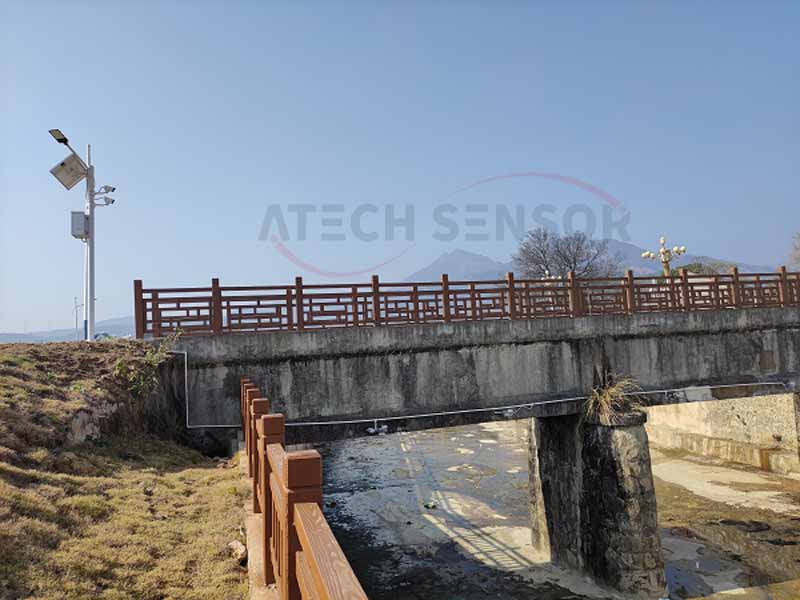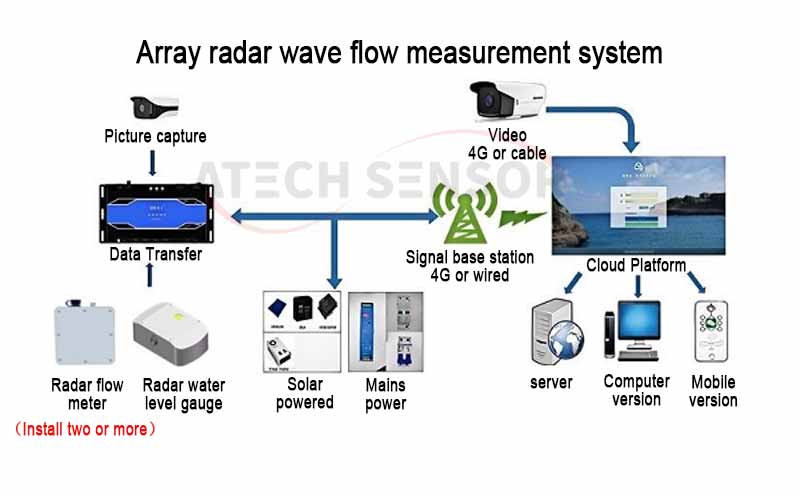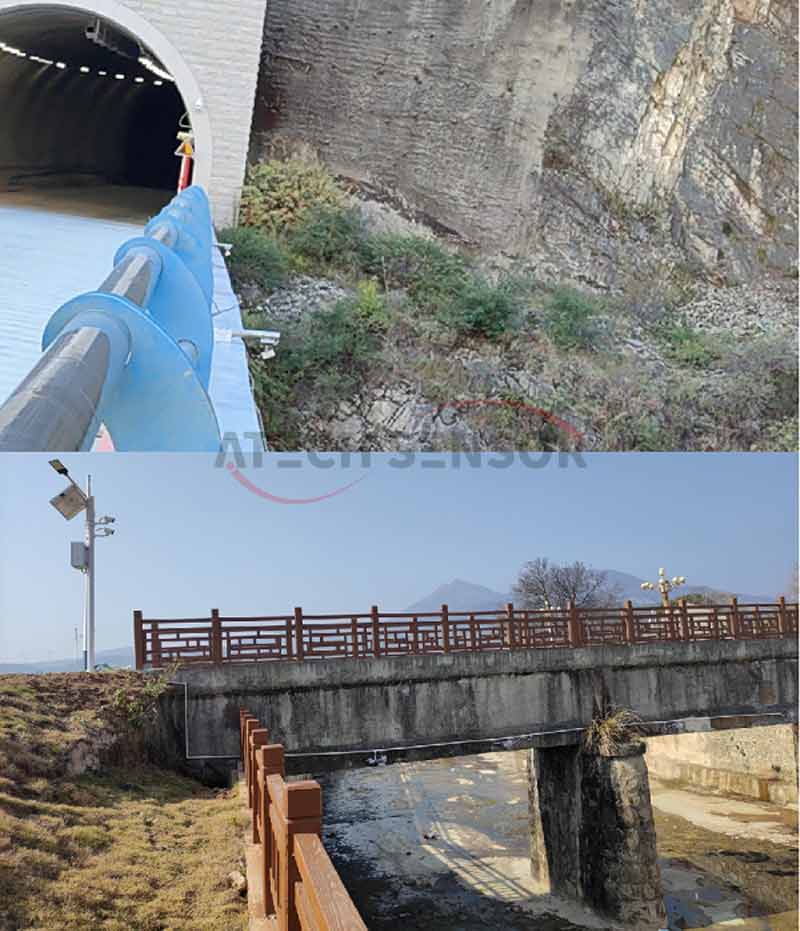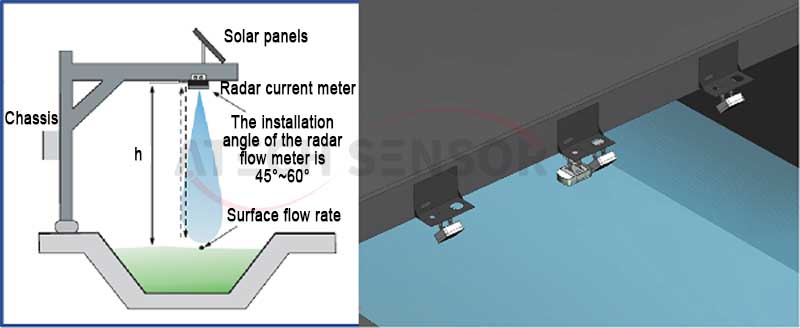In modern water management and environmental monitoring, accurate measurement of water flow, river flow and flow velocity is the key to ensuring ecological health, disaster warning and resource scheduling. With the development of automation and intelligent technology, array radar wave flow measurement system has gradually become an important tool for monitoring flow in rivers, waterways and bridges.

1. Overview of Array Radar Wave Flow Measurement System
Array radar wave flow measurement system is an efficient system that uses multiple radar sensor unit arrays to monitor the flow velocity and flow rate of water areas in real time (radar velocity meter + radar water level meter). The system works together with multiple radar units to conduct comprehensive, continuous and real-time water flow monitoring in a wide range of waters.

2. Core functions of the automatic array radar wave flow measurement system
1) Real-time flow velocity and flow monitoring:
The system can continuously and real-time monitor the water velocity, flow, water level and other parameters in different water environments such as rivers, river channels, bridges, etc. The data update frequency is high (up to seconds), which can timely reflect the instantaneous changes in water flow conditions
2) High-precision data acquisition and analysis:
Through the collaborative work of multiple radar sensor arrays, the system can provide extremely high spatial resolution and flow velocity accuracy. This high-precision measurement capability can help water management departments accurately assess flow in complex flow conditions, especially in applications in restricted environments such as bridges.
3) Automatic warning and flow prediction:
The system not only has the function of flow monitoring, but also can automatically trigger flood warnings by collecting and analyzing historical data, real-time flow change trends, etc., to provide timely risk warnings for downstream areas.
4) Remote monitoring and data transmission:
Supports real-time uploading of collected data to the cloud platform or remote monitoring center through wireless communication technology. Platform managers can access data at any time, analyze and view water flow dynamics, and adjust strategies and facilities in time to achieve efficient monitoring and management.
5) Long-term stability and automated management:
The system can automatically perform maintenance, calibration, data recording and other operations during operation, reducing manual intervention and improving the long-term stability and reliability of the system.

3. Installation method of array radar wave flow measurement system
During installation, you first need to select a suitable installation location according to the topography, landform and water flow characteristics of the monitored water area.
For river monitoring, a common installation method is to install the sensor array on a bridge across the river, and fix the sensor at a suitable height and angle through a bracket, so that it is vertically downward or tilted at a certain angle to the water surface.
In the absence of a bridge, a special monitoring tower can also be built on the shore and the sensor can be installed on the tower. During the installation process, it is necessary to ensure the stability and horizontality of the sensor, and perform precise calibration and debugging to ensure the accuracy and reliability of the measurement data.

The automatic array radar wave flow measurement system is gradually becoming the core technology for modern water flow monitoring with its advantages of high precision, real-time and automation. Especially in important water conservancy facilities such as rivers, waterways and bridges, the system can provide comprehensive and accurate flow data support, helping water conservancy management departments to timely control the trend of water flow changes and realize refined and intelligent management.

